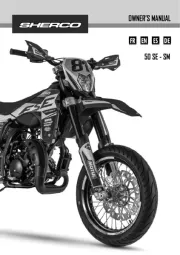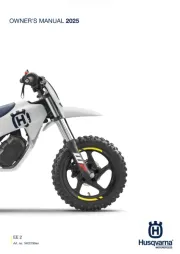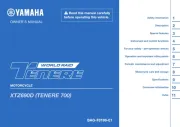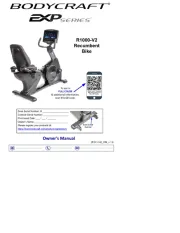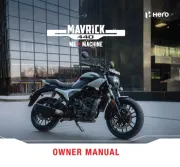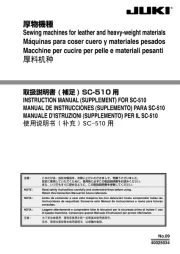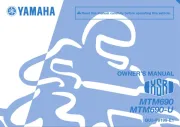Honda CTX1300 (2014) Manual
Læs gratis den danske manual til Honda CTX1300 (2014) (182 sider) i kategorien Motor. Denne vejledning er vurderet som hjælpsom af 11 personer og har en gennemsnitlig bedømmelse på 3.8 stjerner ud af 6 anmeldelser.
Har du et spørgsmål om Honda CTX1300 (2014), eller vil du spørge andre brugere om produktet?

Produkt Specifikationer
| Mærke: | Honda |
| Kategori: | Motor |
| Model: | CTX1300 (2014) |
Har du brug for hjælp?
Hvis du har brug for hjælp til Honda CTX1300 (2014) stil et spørgsmål nedenfor, og andre brugere vil svare dig
Motor Honda Manualer
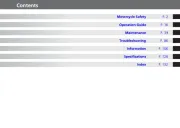
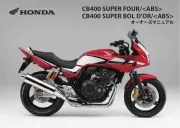
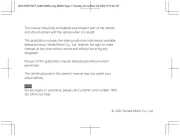



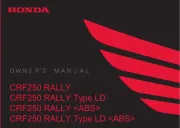



Motor Manualer
- Husqvarna
- Reebok
- Triumph
- Bajaj
- Cagiva
- Ducati
- Harley Davidson
- Piaggio
- Mercedes-Benz
- BodyCraft
- ELAC
- Mash
- Benelli
- GasGas
- Indian
Nyeste Motor Manualer
